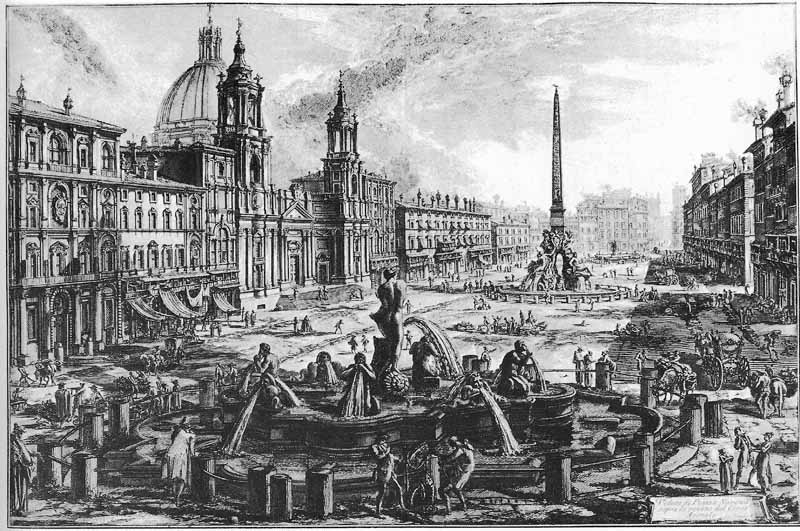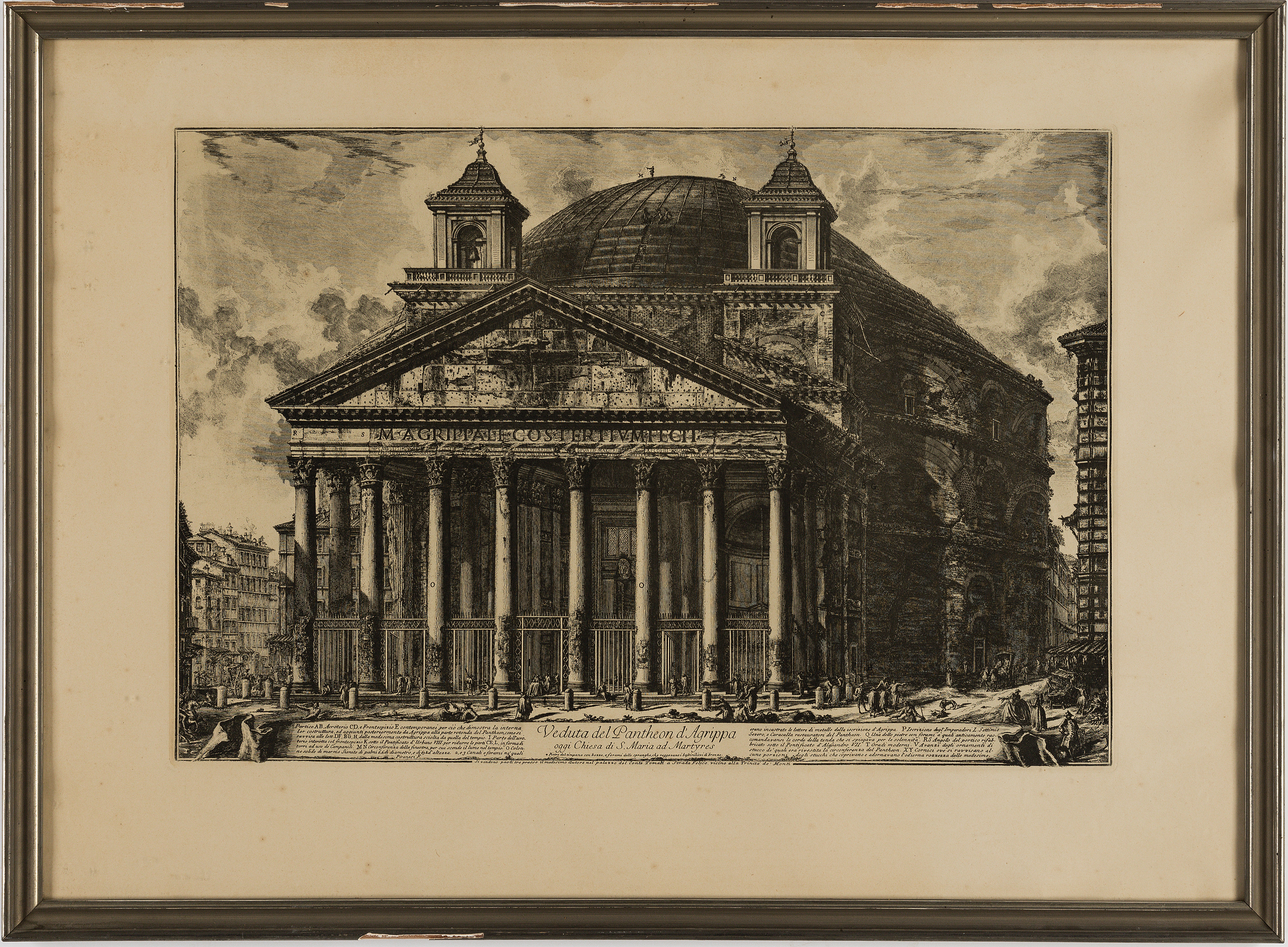
The fascinating artistic work and turbulent life of the restless Francesco Piranesi is still unjustly overshadowed by his father. It is worth rediscovering! © Meisterdrucke. His extensive graphic work came into papal custody a few years later. But this did not come to pass: Piranesi died in 1810 at the age of only 53 years, according to rumours, of syphilis. The condition was that he should now devote himself entirely to printmaking.

1807 Medium: Etching Classification: Prints Credit Line: Rogers Fund, 1962 Accession Number: 62.602. With Napoleon's help, he was able to save his business after his brother bailed out. Artist: Francesco Piranesi (Italian, Rome 17581810 Paris) Date: ca. etching, prints, after giovanni battista piranesi, prison, scene, vedute. There they were able to acquire not only engravings, but also terracotta vases, imitations of antique Etruscan pieces, which even pleased the Napoleonic imperial family. Francesco Piranesi (Italian, Rome 17581810 Paris) Public domain scan of. Le antichita romane by Piranesi, Giovanni Battista, 1720-1778 Piranesi, Francesco, 1756-1810 Publication date 1784 Topics Architecture, Sculpture Publisher In Roma : Nella Stamperia Salomoni. After their fall, he went to Paris and opened a branch of his company there with his brother Pietro, which they called "Piranesi Frères". When the French revolutionary troops occupied Italy, he won the trust of the French and became one of the representatives of the short-lived Roman Republic. He stole compromising letters from the Swedish ambassador to the Kingdom of the Two Sicilies on behalf of the Swedish regent, which led to his death sentence. While still with his father, he travelled to Pompeii and Paestum, and after his death he continued the graphic work, which is still of great importance today. Francesco Piranesi published the first plan of the excavated city. He meticulously recorded the Diocletian Baths in etchings, but also views of the rediscovered and excavated Pompeii, including the ancient temple of Isis or the tomb of the priestess Mamia. But hand in hand with the redrawing goes the invention, the theatrical elevation of the buildings and ruins, after all, the Piranesis lived in the late Baroque or early Classicism. Like Piranesi, Francesco was also a documentarist of ancient buildings and can be considered an early archaeologist. For years Francesco assisted him, so that many works cannot be clearly attributed to the father's or son's hand.Īfter the death of Giovanni Batista in 1778, Francesco Piranesi continued his father's business.

Francesco worked together with his siblings Laura and Pietro as etcher and draughtsman in his father's workshop.

Francesco Piranesi learned the art of etching and copperplate engraving from his father Giovanni Batista, who is still famous today for his city views of Rome and his inventions of labyrinthine dungeon rooms. This is a retouched digital art old masters reproduction of a public domain image.Without the Piranesis family of artists and architects, we would know far less about the state of the ruins of ancient Rome in the 18th century. In front of the bust structure are what appear to be ancient Roman armor and two shields that have the images of comedy and tragedy. The scene has an Architectural Capriccio look to it and on the lower left we can see a top view of two dimensional architectural plan of a very large structure which may be an open air theater with surrounding buildings and a port. This eye catching engraving of Giovanni Battista Piranesi was created by his son Francesco Piranesi and depicts the bust of his fathers head in an inscribed circle stone rectangular polygon that is ornately embellished with flowers, vines, ribbons, awards and a large wine vase on the side. Francesco Piranesi Large 18th Century Engraving by Francesco Piranesi Laocoonte Grand Tour, 1790 Large 18th Century Engraving by Francesco Piranesi Laocoonte Grand Tour Giovanni Battista Piranesi Pianta di Roma e del Campo Marzo - Rare Original Etching by G.B. Artist: Francesco Piranesi (Italian, Rome 17581810 Paris) Date: ca. For example, the corridor containing Barbatus' coffin is shown complete, when it has always ended in the rock ledge. The accuracy of the drawings in that work (actually, two works, by father and son) leaves much to be desired. Portrait Engraving Of Giovanni Battista Piranesi c1779 by Italian Engraver Francesco Piranesi (1758-9 - 1810) noted engraver and the son of Giovanni Battista Piranesi. Francesco was completing a previous incomplete work by his father, Giovanni Battista Piranesi, who died. ABOUT THIS ARTWORK: PORTRAIT ENGRAVING OF GIOVANNI BATTISTA PIRANESI BY FRANCESCO PIRANESI CLASSICAL FINE ART XZENDOR7 OLD MASTERS REPRODUCTIONS


 0 kommentar(er)
0 kommentar(er)
